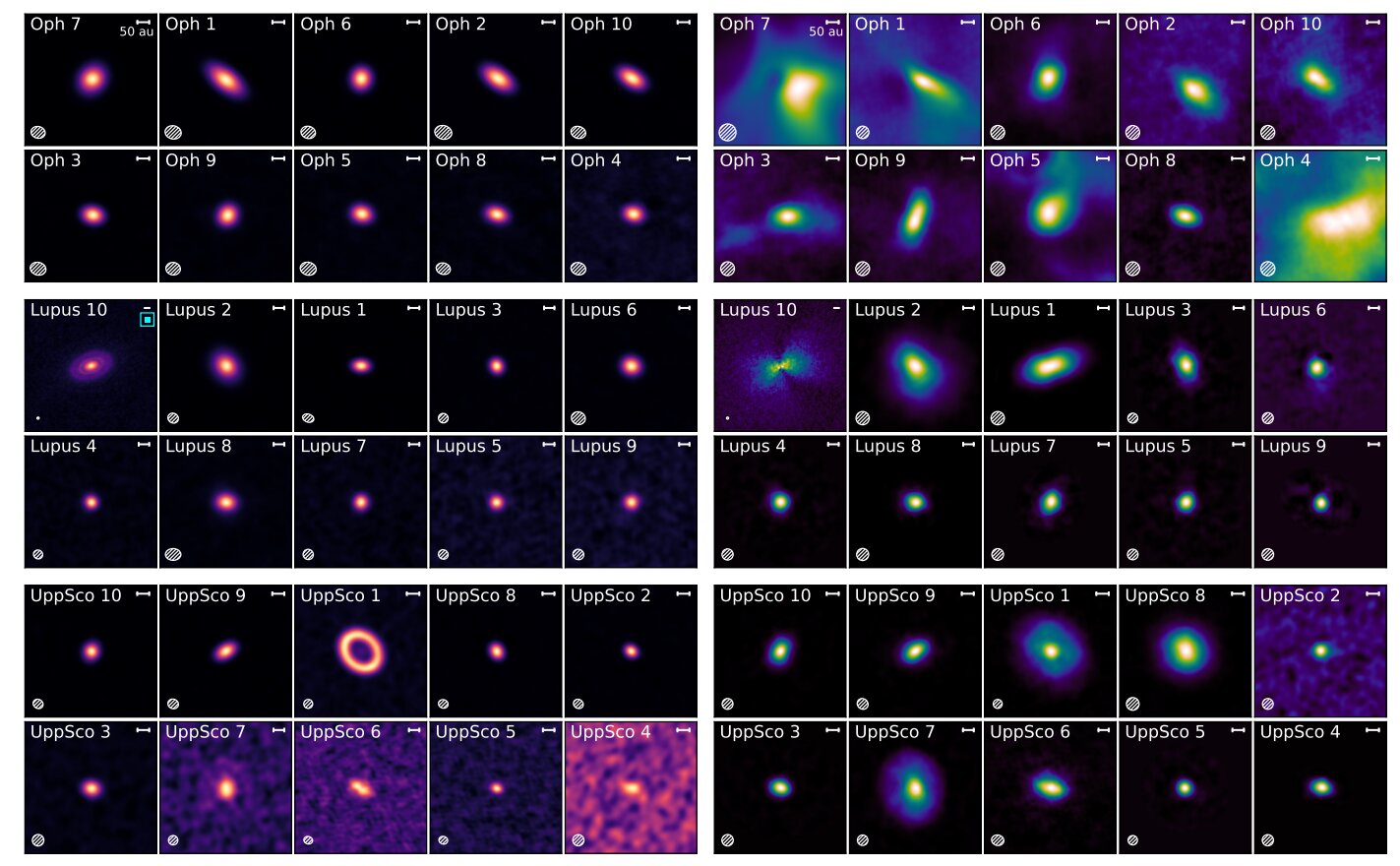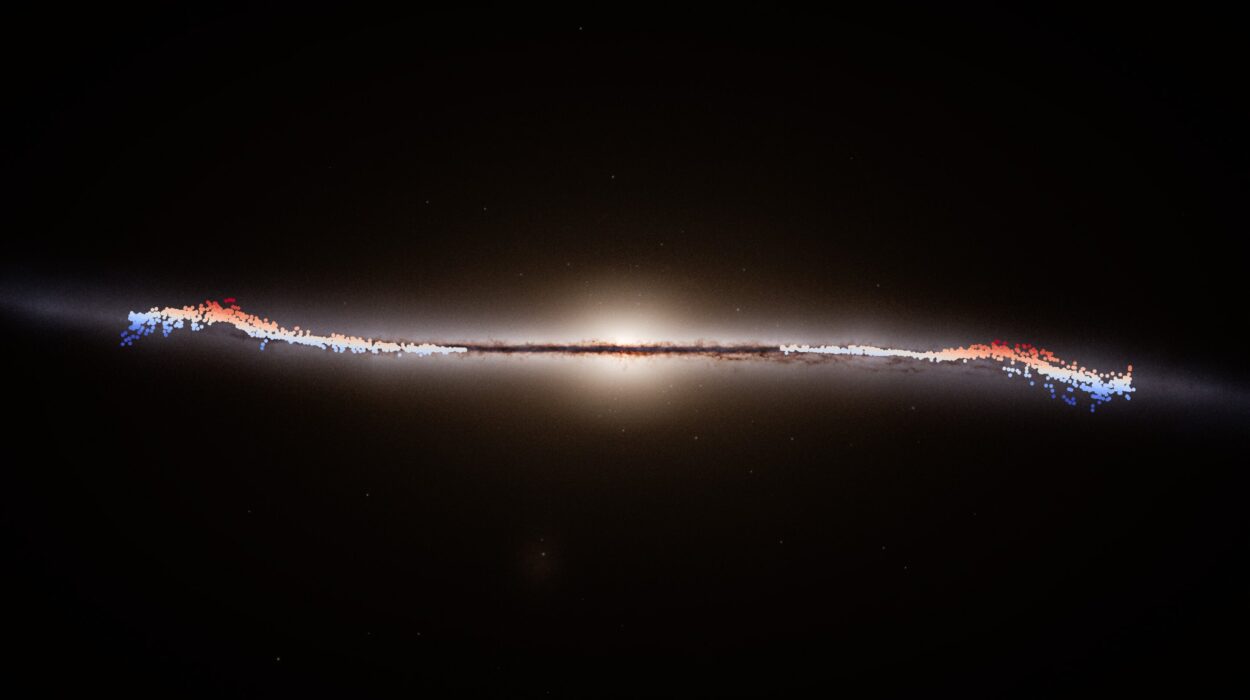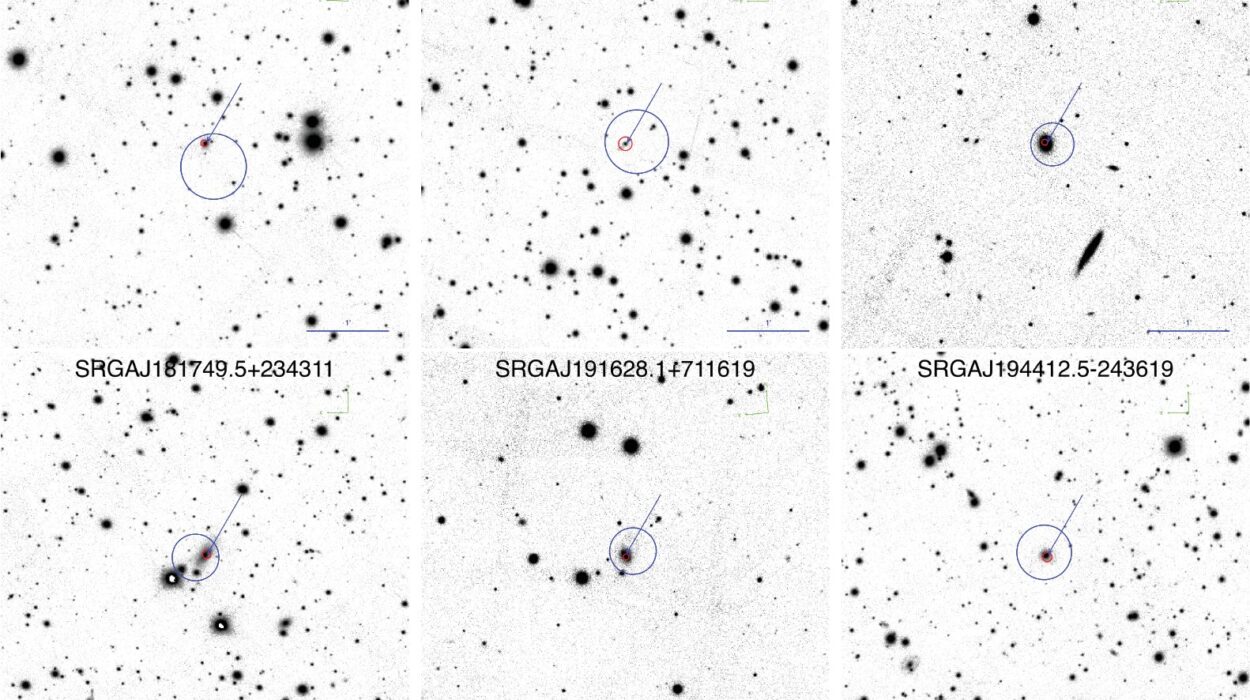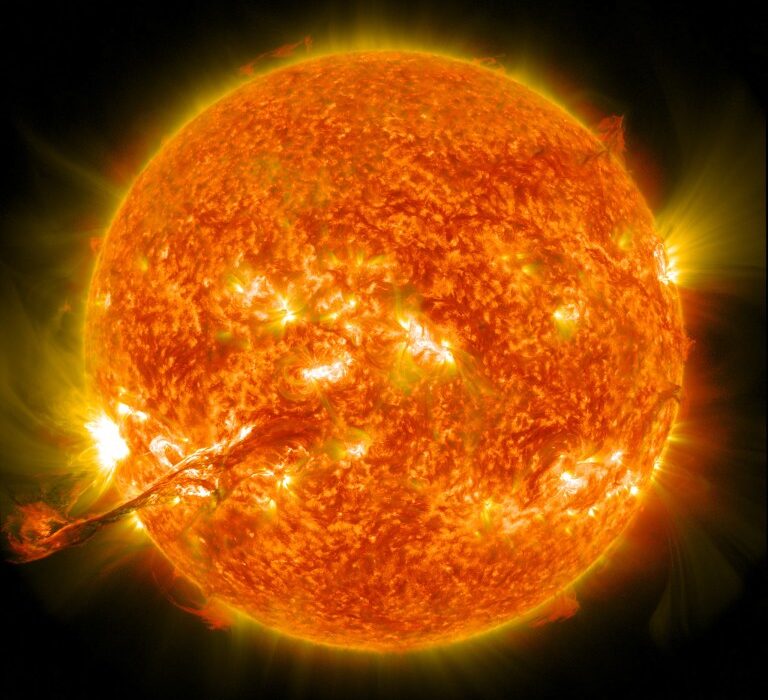High in the Chilean Andes, 16,000 feet above sea level, the world’s most powerful radio telescope array is listening—not to alien messages, but to the quiet, invisible whispers of baby stars. These whispers come in the form of faint radio waves, carrying secrets from the swirling disks of gas and dust that encircle newborn stars. And now, thanks to an international team of astronomers led by researchers at the University of Wisconsin–Madison, we’re beginning to decode what those whispers mean.
What they’ve found is a cosmic clock. One that ticks faster than we ever imagined. And its message is clear: if gas giants like Jupiter are going to form around a star, they have only a fleeting moment to emerge—before the raw materials vanish.
Cracking the Planetary Code of the Universe
To unlock this message, astronomers turned to ALMA—the Atacama Large Millimeter/submillimeter Array. This breathtaking collection of 66 dish-shaped radio telescopes peers deep into the cosmos, capturing light that lies beyond the visible spectrum. Positioned high in the bone-dry, crystal-clear air of the Chilean mountains, ALMA can see what optical telescopes cannot: the cold, dark cradles of planetary birth.
For this study, the team zeroed in on 30 young stars at various stages of early life—ranging from just under 1 million years old to a relatively “mature” 5 million years. That may seem like a long time, but as Professor Ke “Coco” Zhang, lead author and astronomer at UW–Madison, points out, “Our solar system is about 4.5 billion years old. So these systems are really just babies.”
Each of these stars is surrounded by a protoplanetary disk—a flattened, rotating cloud of gas and dust left over from the star’s formation. And it’s in these disks that planets are born.
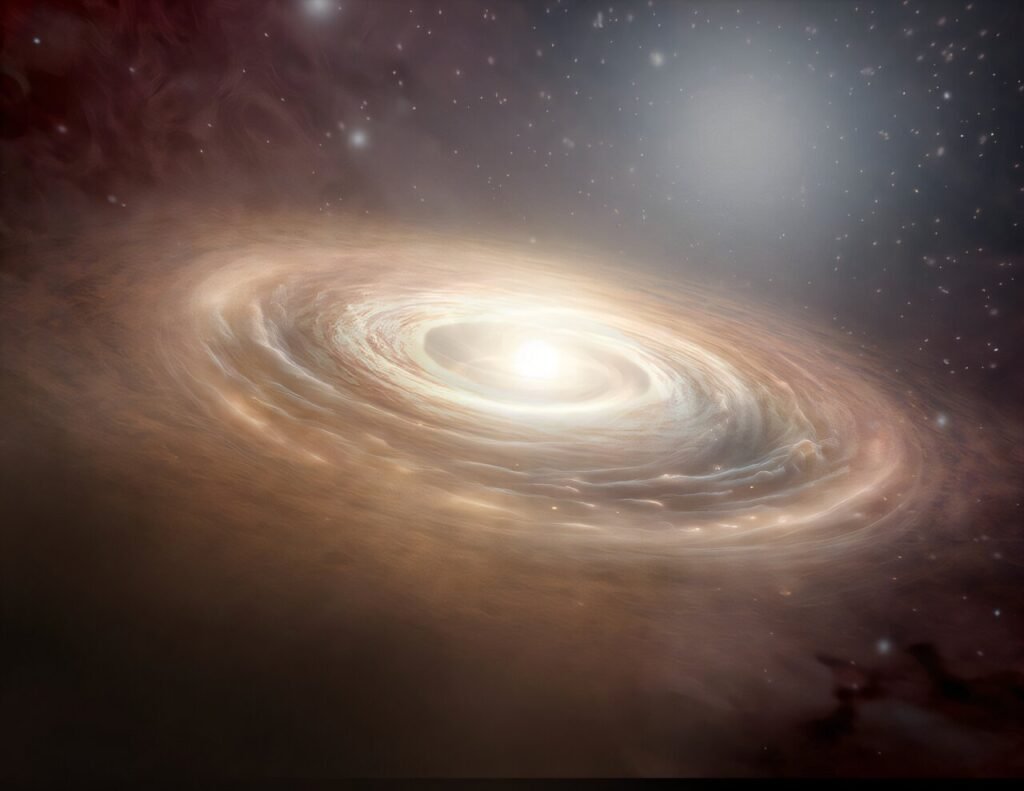
A New Lens on Planet Formation
Until now, most astronomers estimated the mass of a disk’s gas by tracking one specific molecule: carbon monoxide. It’s relatively easy to detect, but it’s not a great stand-in for the dominant player—hydrogen, which makes up most of the gas.
The trouble is, carbon monoxide can disappear from parts of a disk. It can freeze out, get destroyed by radiation, or simply drift away. Relying on it to estimate gas mass is like trying to gauge the size of an iceberg by measuring only the seagulls perched on top.
So the team took a new approach.
Postdoctoral researcher Leon Trapman, who led the analysis, focused on a molecule called N₂H⁺ (diazenylium). This ion thrives in cold regions where carbon monoxide is scarce. By watching how the concentration of N₂H⁺ changed over time, the researchers could estimate how much hydrogen—and thus gas—remained in each disk. And the results were striking.
The Countdown to Jupiter
“We can see that gas mass is decreasing very quickly in the first million years of protoplanetary disks,” says Zhang. “After that, it continues to decrease, but more slowly. Meanwhile, dust—the building block of rocky planets—drops more steadily.”
What this means is that if a gas giant like Jupiter or Saturn is going to form, it has a narrow window of opportunity—just a few million years after the star itself is born. Miss that window, and the gas needed to build those massive planets is gone.
By contrast, rocky planets like Earth have more time. They don’t need much gas. They’re built from dust, and the dust sticks around longer—hundreds of millions of years in some cases. That’s likely why our planet, and others like it, had the time they needed to emerge.
In a sense, the timeline of an entire solar system is set in its very first breaths. The blueprint for whether a system will host gas giants, rocky worlds, or icy orbs is imprinted in the chemistry and physics of its youth.
Cosmic Winds and Magnetic Highways
The study also touches on another fascinating discovery: why the gas vanishes so quickly.
The likely culprit? Winds. But not the kind that rustle tree leaves. These are magnetic winds—streams of particles launched out of the disks by invisible magnetic fields that thread through space.
“As gas molecules cross these magnetic field lines, they can be accelerated out of their orbits,” Zhang explains. “They get blown away, stripped from the disk.”
This insight adds a new piece to the puzzle of how planetary systems evolve—and how they lose the very material that makes planets possible.
Looking to Earth’s Origins
For scientists trying to understand how our own solar system came to be, these results are invaluable.
They suggest that Jupiter, the largest planet in our neighborhood, must have formed very early—while the Sun’s protoplanetary disk still brimmed with hydrogen and helium. Earth, on the other hand, likely took a longer, more measured path, building slowly from solid grains that clumped, collided, and eventually became continents.
That story, it turns out, is far from unique. It may be playing out right now, countless times over, in the infant systems swirling in the darkness of our galaxy.
The Next Frontier: The Inner Sanctum of Planet Birth
But the team isn’t done yet. While ALMA has been the perfect tool for studying the cold outer regions of these disks, where gas giants are born, something even more powerful is now at their fingertips.
The James Webb Space Telescope.
JWST is designed to peer into the warm inner regions of protoplanetary disks—the places where rocky planets like Earth form. And Zhang and her team have just secured JWST data on the same 30 stars they studied with ALMA.
“With that data, we can look at the materials close-in in the disk, which is where we think rocky planets are forming,” Zhang says. “If we can look at the chemical composition of materials like water and organics, we can understand how those change over the evolution of the disks.”
The promise is enormous. By combining the outer-disk insights from ALMA with the inner-disk observations from JWST, astronomers are on the verge of building a full, 3D timeline of planet formation—from swirling gases and icy grains to rocky worlds and gas giants.
A Glimpse Into Cosmic Time
Ultimately, this research reminds us that stars, like people, have their own lifespans, their own childhoods, and their own struggles to grow. Every planet is a product of its star’s early years—a monument to timing, chemistry, and cosmic chance.
In these protoplanetary disks, the foundations of entire solar systems are laid. They hold the seeds of planets yet to exist, and perhaps even the chemistry of life itself. And for the first time, thanks to a mountain in Chile, a telescope in space, and a team of determined scientists, we are beginning to read the story written in their swirling clouds.
It’s a story of time. A story of creation. And, ultimately, a story that might help us answer the oldest question of all: Where do we come from?
Reference: Ke Zhang et al, The ALMA Survey of Gas Evolution of PROtoplanetary Disks (AGE-PRO): I. Program Overview and Summary of First Results, arXiv (2025). DOI: 10.48550/arxiv.2506.10719
